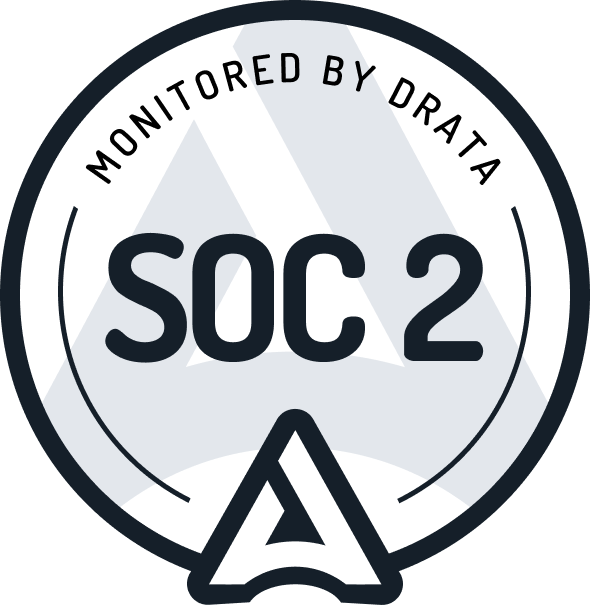Everyone remembers their first day at a new job. How you feel in those early days significantly impacts your first impression of an organization, and your first weeks lay the foundation for your tenure, your level of engagement with the culture, and the relationships you establish.
Onboarding is critical to an employee’s success, their sense of psychological safety and belonging, and your organization’s ability to meet its diversity, equity, and inclusion (DEI) goals. In fact, given everything happening in the world today and the recent rise of remote and hybrid work, it’s arguably more important than ever.
Yet, it’s often overlooked.
But while you might recognize the need for more inclusive onboarding, it’s not always easy to determine where to start. To help provide clarity, we sat down with two experts: Saskia Martinez, Associate of Learning Development and Onboarding at Clover Health, and Rosa Scheepers, VP of Operations at Legalpad.
In our recent webinar, Saskia and Rosa shared their insights and learnings, and today, we’re covering a few highlights.
Prioritize Communication Early and Often
After COVID forced most organizations to adopt a temporary remote work model, many businesses began evaluating whether office space was essential to their success. In the case of Legalpad, the answer was “no.” Just months into the pandemic, the company decided to permanently close its offices and become a fully remote organization.
Rosa says this transition forced the company to be more intentional about all communication, including during onboarding.
“Sometimes there’s a lull in a new job where you don't have all your responsibilities in front of you,” she says. “With virtual work, it’s even worse because you feel guilt — like you should be doing something but don’t know who to ask.” To overcome this, Rosa and her team front-load new hires’ first two or three days with meetings and side-by-side work, so they don't feel isolated. Additionally, new employees start their first day by meeting with a member of the people team who walks them through various systems and later touches base in case they have any questions.
The path was a bit more complicated for Clover Health, which employs healthcare workers. But as more field workers began transitioning to telehealth, they also began exploring the idea of a long-term remote-first model and modifying onboarding to reflect that transition.
“We changed our onboarding program to occur during bicoastal-friendly times, between 11 a.m. and 5 p.m. eastern,” Saskia says. “This way, employees all across the US can make their way through the program together.” Additionally, the company pairs each new employee with an “onboarding buddy” — someone outside their team who has been at the company for a few months and can offer guidance and tacit knowledge.
Start the Process Before an Employee’s First Day
The first day of a new job is always a little anxiety-inducing, but it’s incredibly nerve-wracking if you haven’t engaged with the company since officially accepting the offer. It's crucial new hires have at least some idea of what they’ll be walking into.
“Expectation setting is number one,” Rosa says. She and her team send out a pre-onboarding document that includes 30, 60, and 90-day expectations. For example, employees know that, by the end of their first week, they should know the names of their teammates and have their desks set up.
In addition to sharing basic information, like an employee’s schedule, Saskia also recommends reaching out by phone a few days before a new hire’s start date. This courtesy call allows you to check in on how they’re feeling and gives them an opportunity to ask questions. Additionally, it opens a line of communication and ensures the employee has someone to turn to, in addition to their hiring manager.
“Hiring managers are really busy, and if they're hiring a new employee, it's because there's a gap on their team. They're probably feeling stretched,” Saskia says. “That's why I think it's so helpful to have someone in the organization who's responsible for onboarding.” She explains that this additional point person can be available to answer mundane questions about tech, internal processes, and other things a hiring manager may be too busy to address.
Ask for Feedback and Continue Evolving the Process
Of course, even when you’re dedicating time and resources to developing more inclusive onboarding, there’s no such thing as a perfect process. “Onboarding's never going to be ‘one and done,’” Rosa says. “It's very much an iterative process, and what works now is not going to work in six months.”
Instead of taking a procedural approach, it’s more helpful to be authentic and transparent. Have open and honest conversations with new hires, and let them know they can help shape and improve the onboarding process. And while surveys can be helpful, chatting with employees in real-time is more likely to produce the feedback you need to evolve your onboarding.
“I love focus groups,” Saskia says. “I find there's something about putting people together where you get really rich feedback as people bounce ideas off each other.”
Rose agrees. “I find people are generally less responsive [in surveys] and don't take as much time as if you're on the phone with them and asking them really direct questions about areas of improvement,” she says.
By experimenting with different types of onboarding arrangements, regularly gathering employee insight, and applying new hires’ feedback to improve your program, you’ll help ensure employees feel valued in those crucial early days. And when employees are recognized, welcomed, and supported from day one, they’re much more likely to stay engaged long-term.
Watch the full webinar here to learn more about creating an inclusive onboarding experience.
.png)














